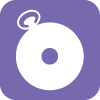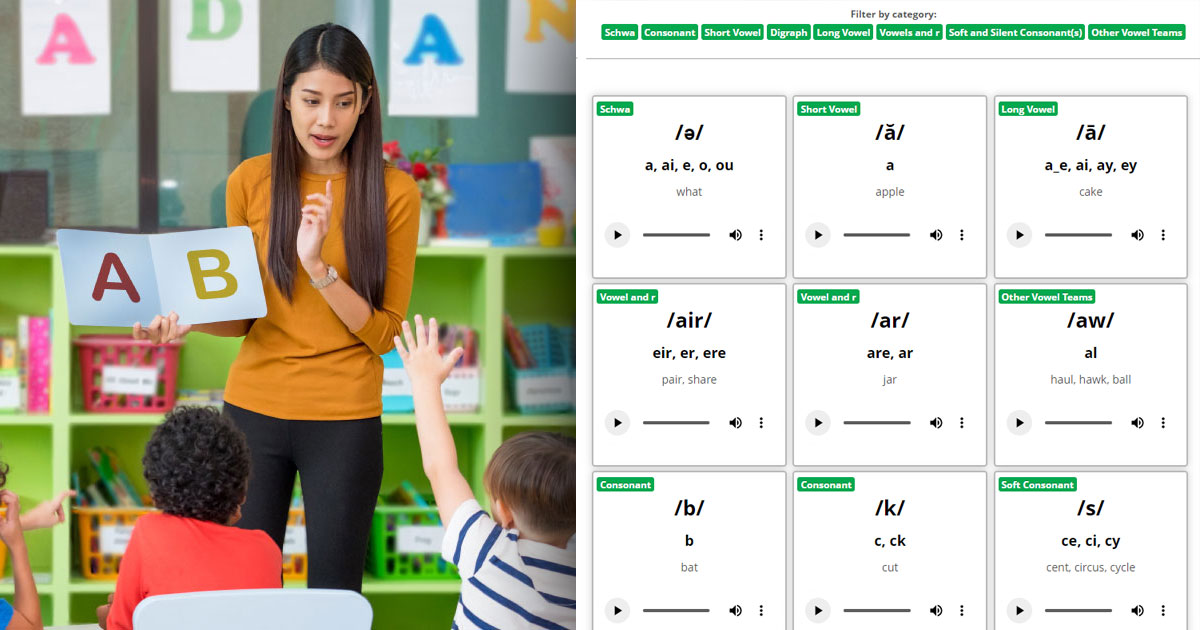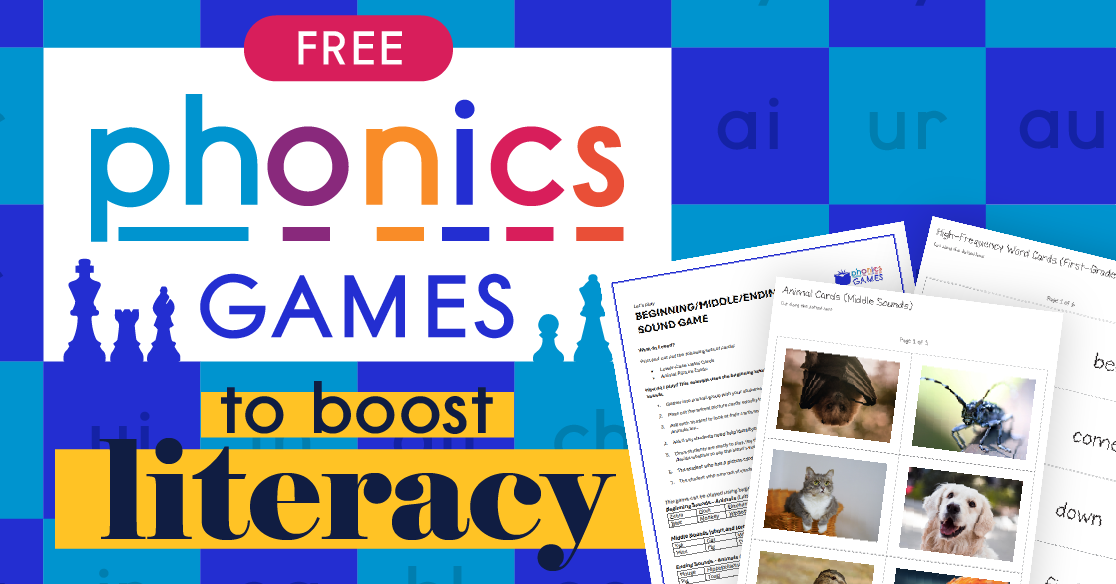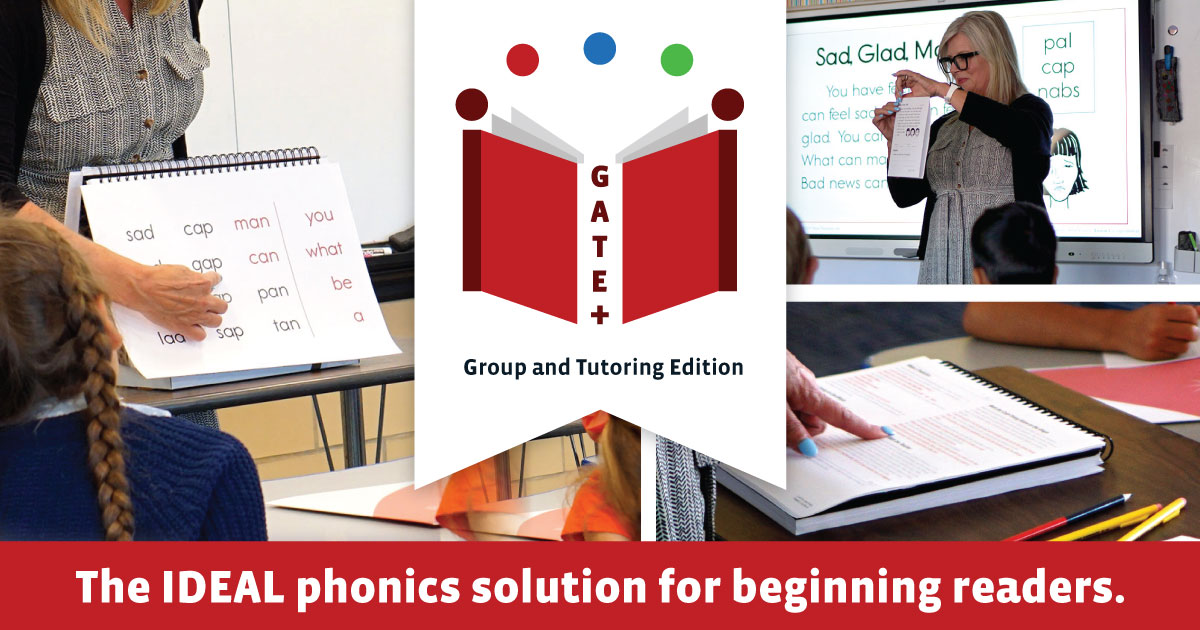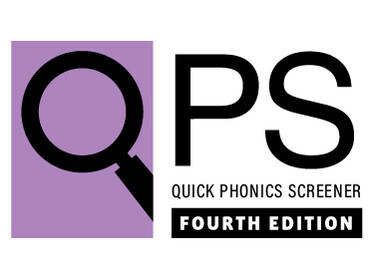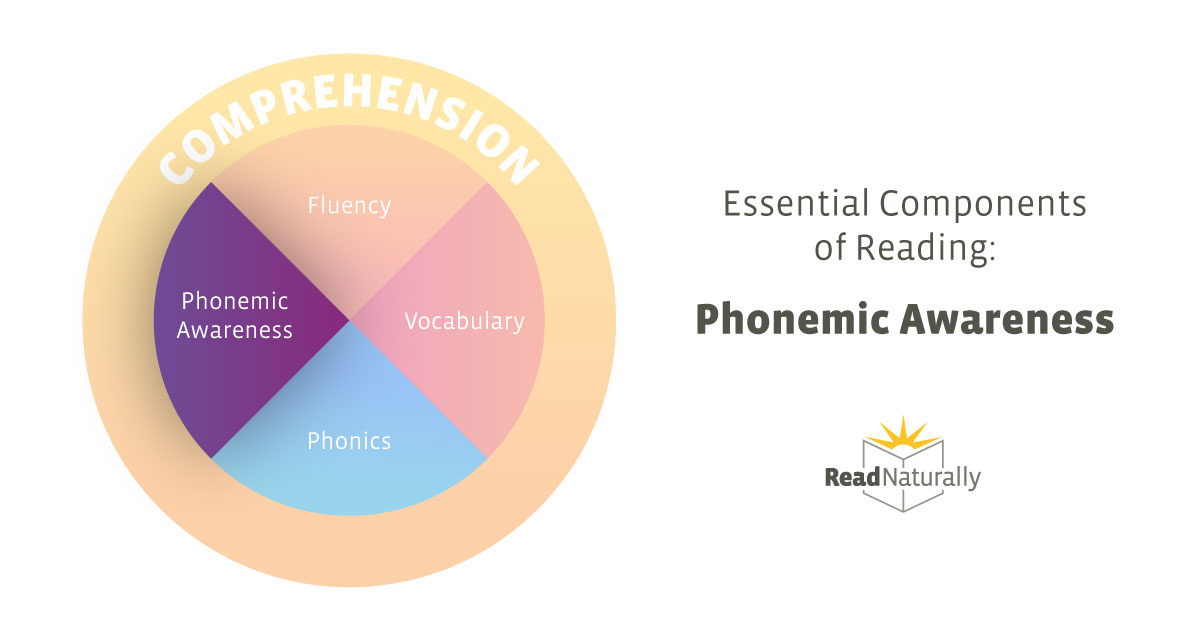
What Is Phonemic Awareness?
Phonological awareness is an umbrella term that includes four developmental levels:
- Word awareness
- Syllable awareness
- Onset-rime awareness
- Phonemic awareness
Phonemic awareness is the understanding that spoken language words can be broken into individual phonemes—the smallest unit of spoken language. Effective instruction guides students through the various levels of phonemic awareness, progressing from simple skills like recognizing sounds to more complex tasks such as blending sounds to form words and segmenting words into their constituent phonemes. Developing strong phonemic awareness enables students to blend sounds smoothly and segment words accurately, skills that directly support phonics learning and improve decoding and spelling. By systematically addressing these levels of phonemic awareness, educators can help close reading gaps and build essential early literacy skills that are proven predictors of long-term reading success.
Phonemic awareness is not the same as phonics—phonemic awareness focuses on the individual sounds in spoken language. As students begin to transition to phonics, they learn the relationship between a phoneme (sound) and grapheme (the letter(s) that represent the sound) in written language.
To develop phonological awareness, kindergarten and first grade students must demonstrate understanding of spoken words, syllables, and sounds (phonemes).
 Read Naturally programs that develop phonemic awareness
Read Naturally programs that develop phonemic awareness
Why Phonemic Awareness Is Important
First of all, phonemic awareness performance is a strong predictor of long-term reading and spelling success (Put Reading First, 1998). Students with strong phonological awareness are likely to become good readers, but students with weak phonological skills will likely become poor readers (Blachman, 2000). It is estimated that the vast majority—more than 90 percent—of students with significant reading problems have a core deficit in their ability to process phonological information (Blachman, 1995).
In fact, phonemic awareness performance can predict literacy performance more accurately than variables such as intelligence, vocabulary knowledge, and socioeconomic status (Gillon, 2004). The good news is that phonological awareness is one of the few factors that teachers are able to influence significantly through instruction—unlike intelligence, vocabulary, and socioeconomic status (Lane and Pullen, 2004).
Many students (75%) enter kindergarten with proficient phonemic awareness skills. The 25% of students who have not mastered these skills are from all socio-economic backgrounds and need explicit instruction in phonemic awareness. When instruction is engaging and developmentally appropriate, researchers recommend that all kindergarten students receive phonemic awareness instruction (Adams, 1990).
Phonological Awareness Skills
The following table shows how the specific phonological awareness standards fall into the four developmental levels: word, syllable, onset-rime, and phoneme. The table shows the specific skills (standards) within each level and provides an example for each skill.
| | Less Complex |  | More Complex |
| Word Awareness | Syllable Awareness | Onset-Rime Awareness | Phoneme Awareness |
| Less Complex | Sentence Segmentation
Tap one time for every word you hear in the sentence: I like cookies. | | Rhyme Recognition
Do these two words rhyme: ham, jam? (yes) | Isolation
What is the first sound in fan? (/f/)
What is the last sound in fan? (/n/)
What is the middle sound in fan? (/a/) |
| | | | Rhyme Generation
Tell me a word that rhymes with nut. (cut) | Identification
Which word has the same first sound as car: fan, corn, or map? (corn) |
| | | Categorization
Which word does not belong: mat, sun, cat, fat? (sun) | Categorization
Which word does not belong? bus, ball, house? (house) |
Blending
Listen as I say two small words: rain … bow.
Put the two words together to make a bigger word. (rainbow) | Blending
Put these word parts together to make a whole word: rock•et. (rocket) | Blending
What word am I saying? /b/ … /ig/? (big) | *Blending
What word am I saying
/b/ /ĭ/ /g/? (big) |
Segmentation
Clap the word parts in rainbow. (rain•bow)
How many times did you clap? (two) | Segmentation
Clap the word parts in rocket. (roc•ket) | Segmentation
Say big in two parts. (/b/ … /ig/) | *Segmentation
How many sounds in big? (three)
Say the sounds in big.
(/b/ /ĭ/ /g/) |
Deletion
Say rainbow.
Now say rainbow without the bow. (rain) | Deletion
Say pepper.
Now say pepper without the /er/. (pep) | Deletion
Say mat.
Now say mat without the /m/. (at) | Deletion
Say spark.
Now say spark without the /s/. (park) |
| | | | Addition
Say park.
Now add /s/ to the beginning of park. (spark) |
| More Complex | | | | Substitution
The word is mug.
Change /m/ to /r/.
What is the new word? (rug) |
*Integrated instruction in phoneme segmenting and blending provides the greatest benefit to reading acquisition (Snider, 1995).
Instruction should be systematic. Notice the arrow across the top. The levels become more complex as students progress from the word level to syllables, to onset and rime, and then to phonemes.
Notice the arrow along the left-hand side. Students progress down each level—learning increasingly more complex skills within a level.
For example, look at the Phoneme Awareness column. Students learn to isolate, identify, and categorize phonemes first. Then students are taught to blend phonemes to make a word before they are taught to segment a word into phonemes—which is typically more difficult. The most challenging phonological awareness skills are at the bottom: deleting, adding, and substituting phonemes.
Blending phonemes into words and segmenting words into phonemes contribute directly to learning to read and spell well. In fact, these two phonemic awareness skills contribute more to learning to read and spell well than any of the other activities under the phonological awareness umbrella (National Reading Panel, 2000; Snider, 1995).
So, as we plan phonological awareness instruction, our goal is to systematically move students as quickly as possible toward blending and segmenting at the phoneme level.
Consonant Phonemes
There are two types of consonant phonemes:
| Type | Description | Phonemes |
| Continuous sounds* | A sound that can be pronounced for several seconds without any distortion. | /f/ • /l/ • /m/ • /n/ • /r/ • /s/ • /v/ • /w/ •/y/ • /z/ • /a/ • /e/ • /i/ • /o/ • /u/ |
| Stop sounds | A sound that can be pronounced for only an instant. Avoid adding /uh/. | /b/ • /d/ • /g/ • /h/ • /j/ • /k/ • /p/ • /t/ |
*Blending words with continuous sounds is easier than blending words with stop sounds.
The continuous sounds can be pronounced for several seconds without distortion. The stop sounds can be pronounced only for an instant. It is important to avoid adding /uh/ to a stop sound as it is pronounced—which confuses students. As new phonological awareness skills are introduced, using continuous sounds may be easier at first.
Read Naturally Programs That Develop Phonemic Awareness
Funēmics: A Phonemic Awareness Program for Small Groups
 Read Naturally’s Funēmics is a systematic, program for pre-readers or struggling beginning readers that teaches all of the phonological awareness standards. Each lesson builds on skills taught in previous lessons, adding just a few elements at a time. With minimal preparation, teachers or aides present scripted instruction to small groups of students, using an interactive display (with brightly illustrated pages and interactive widgets) viewed on a tablet or whiteboard. Funēmics is entirely pre-grapheme.
Read Naturally’s Funēmics is a systematic, program for pre-readers or struggling beginning readers that teaches all of the phonological awareness standards. Each lesson builds on skills taught in previous lessons, adding just a few elements at a time. With minimal preparation, teachers or aides present scripted instruction to small groups of students, using an interactive display (with brightly illustrated pages and interactive widgets) viewed on a tablet or whiteboard. Funēmics is entirely pre-grapheme.
Learn more about how Funēmics teaches phonological awareness skills:
Read Naturally® GATE+: A Systematic, Direct-Instruction Phonics Program for Beginning Readers
 Teach phonemic awareness, phonics, and other foundational reading skills to beginning readers with Read Naturally GATE+'s explicit reading instruction. This motivating program provides scripted, interactive phonemic awareness and phonics exercises based on scientific research. Students master high-frequency words and decoding skills as they improve their fluency, comprehension, and vocabulary.
Teach phonemic awareness, phonics, and other foundational reading skills to beginning readers with Read Naturally GATE+'s explicit reading instruction. This motivating program provides scripted, interactive phonemic awareness and phonics exercises based on scientific research. Students master high-frequency words and decoding skills as they improve their fluency, comprehension, and vocabulary.
Other Programs That Support Phonemic Awareness
The following programs do not focus on phonemic awareness but include phonemic awareness activities as part of a broader scope of instruction:
 | Signs for SoundsTM
Teacher-led, small-group instruction for teaching regular phonetic spelling patterns and high-frequency words through spelling. Focuses on spelling and phonics with additional support for phonemic awareness.
 Learn more about Signs for Sounds Learn more about Signs for Sounds |
Bibliography
Adams, M. J. (1990). Beginning to read: Thinking and learning about print. Cambridge, MA: MIT Press.
Blachman, B. A. (2000). Phonological awareness. In M. L. Kamil, P. B. Rosenthal, P. D. Pearson, and R. Barr (eds.), Handbook of reading research, 3, pp. 483-502. Mahwah, NJ: Erlbaum.
Blachman, B. A. (1995). Identifying the core linguistic deficits and the critical conditions for early intervention with children with reading disabilities. Paper presented at the annual meeting of the Learning Disabilities Association, Orlando, FL, March 1995.
Gillon, G. T. (2004). Phonological awareness: From research to practice. New York: The Guilford Press.
Lane, H. B., and P. C. Pullen. (2004). A sound beginning: Phonological awareness assessment and instruction. Boston: Allyn & Bacon.
National Institute for Literacy. (1998). Put reading first. <http://lincs.ed.gov/publications/pdf/PRFbooklet.pdf>
National Reading Panel. (2000). Teaching children to read: An evidence-based assessment of the scientific research literature on reading and its implications for reading instruction. Washington, DC: National Institute of Child Health and Human Development.
Snider, V. A. (1995). A primer on phonemic awareness: What it is, why it’s important, and how to teach it. School Psychology Review, 24(3), pp. 443-456.




 Read Naturally’s Funēmics is a systematic, program for pre-readers or struggling beginning readers that teaches all of the phonological awareness standards. Each lesson builds on skills taught in previous lessons, adding just a few elements at a time. With minimal preparation, teachers or aides present scripted instruction to small groups of students, using an interactive display (with brightly illustrated pages and interactive widgets) viewed on a tablet or whiteboard. Funēmics is entirely pre-grapheme.
Read Naturally’s Funēmics is a systematic, program for pre-readers or struggling beginning readers that teaches all of the phonological awareness standards. Each lesson builds on skills taught in previous lessons, adding just a few elements at a time. With minimal preparation, teachers or aides present scripted instruction to small groups of students, using an interactive display (with brightly illustrated pages and interactive widgets) viewed on a tablet or whiteboard. Funēmics is entirely pre-grapheme. Teach phonemic awareness, phonics, and other foundational reading skills to beginning readers with Read Naturally GATE+'s explicit reading instruction. This motivating program provides scripted, interactive phonemic awareness and phonics exercises based on scientific research. Students master high-frequency words and decoding skills as they improve their fluency, comprehension, and vocabulary.
Teach phonemic awareness, phonics, and other foundational reading skills to beginning readers with Read Naturally GATE+'s explicit reading instruction. This motivating program provides scripted, interactive phonemic awareness and phonics exercises based on scientific research. Students master high-frequency words and decoding skills as they improve their fluency, comprehension, and vocabulary.



